Dynamic, agile and empowering spaces with CSM
The University of New South Wales is passionate about creating spaces that engage and inspire the student community. The new refurbishment of the Electrical Engineering Building looks to elevate the learning environment with superior products by CSM.
The role of architecture has an inimitable power to redefine the way we experience and use our spaces. Within the educational sector, there is a great value in designing environments that empower and inspire students – to enhance and revitalise the way that the learning space is seen. Dynamic and agile environments are leading the game with a focus on design that fosters collaboration and interaction, crafting a space that puts the needs of the students at the forefront.
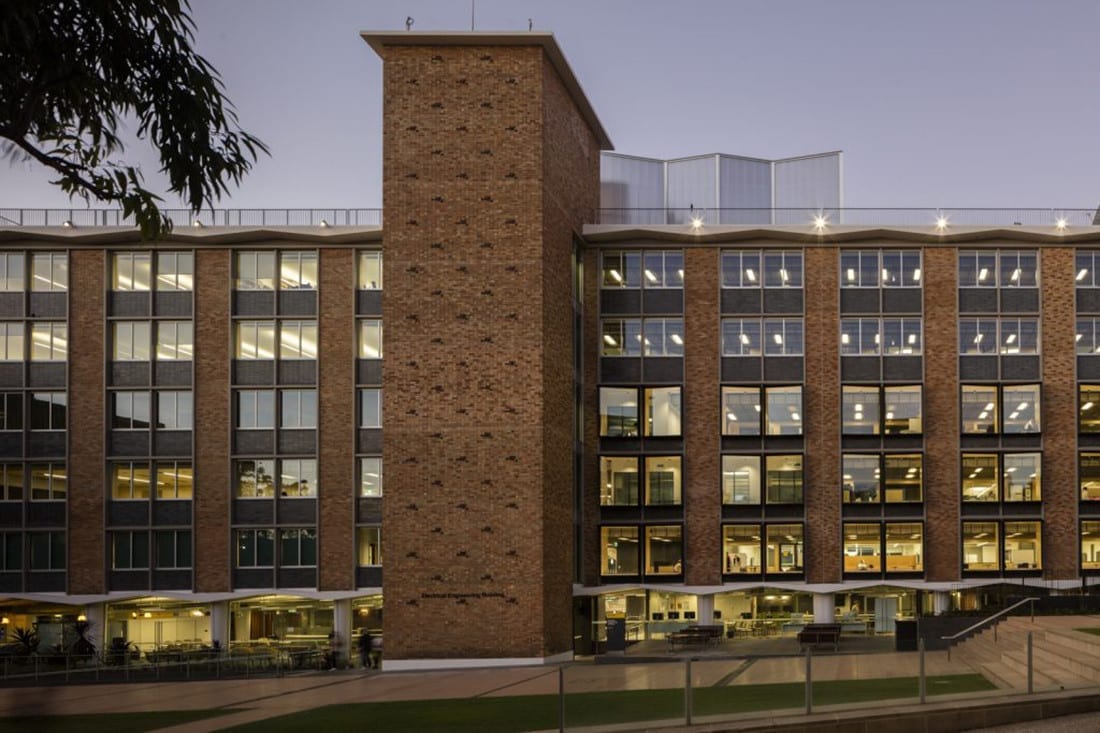
Located in Sydney’s east, The University of NSW Electrical Engineering Building Randwick sets a precedent for addressing the advantages and importance of agility in education spaces.
Originally built in 1963, the building is located on one of the main thoroughfares of the university campus. Creative powerhouse, HASSELL Studio was engaged to offer a contemporary facelift to the south and north block buildings.
The refurbishment looked to offer a new generation of students with a space that ensured a world-class teaching, learning and research facility. In collaboration with head contractor, A W Edwards completed the $104m project which included new façade elements, an accessible roof, an upgrade of all services and a production supply of premium-grade CSM Office Furniture Solutions products offering a contemporary, new fit out to support one of the most esteemed Electrical Engineering schools in the world.
Inspired by the original fabric of the building, the design team wanted to showcase this impressive reputation with a vibrant space that celebrated the students in today’s context with design longevity for the future generation.
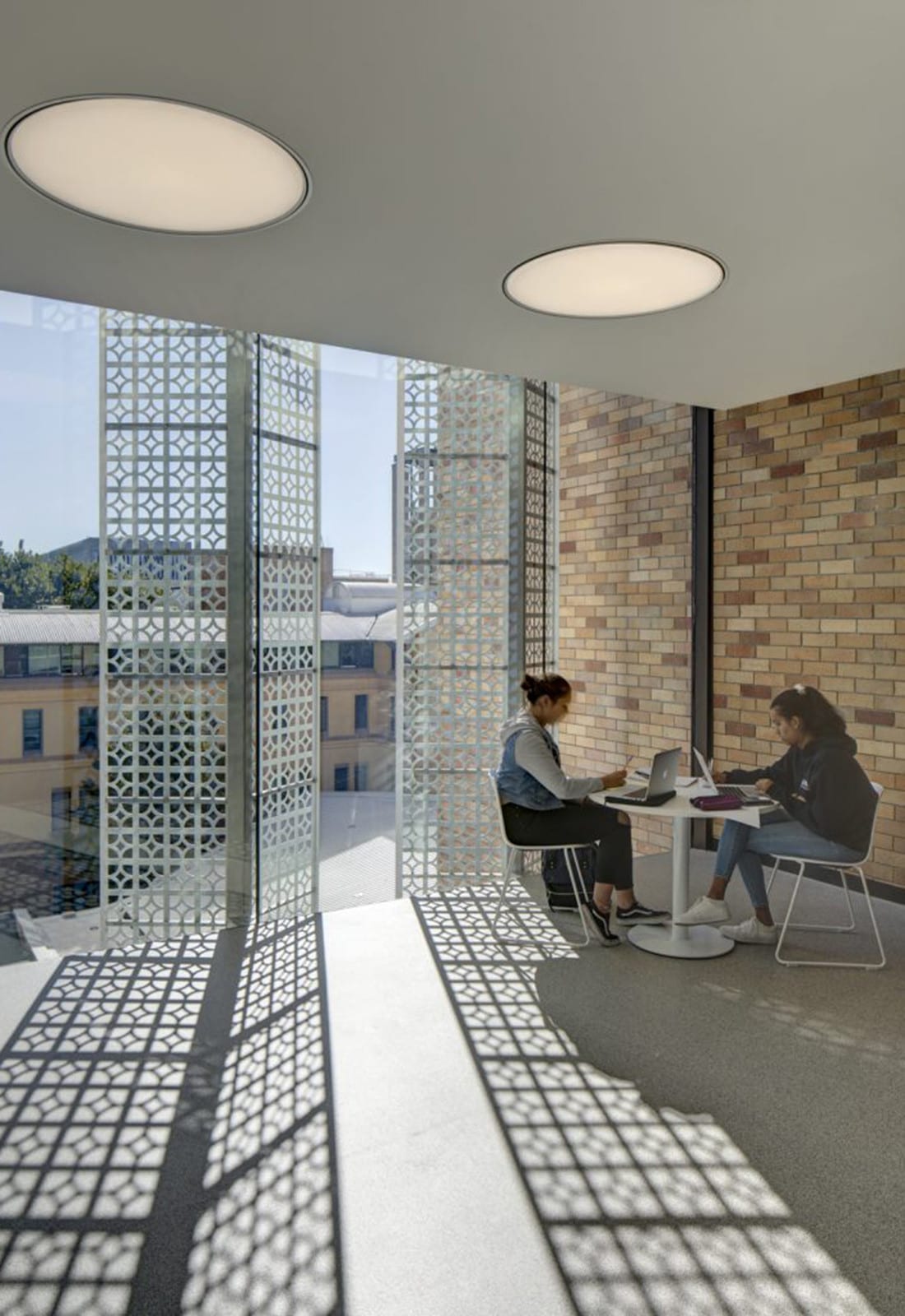
“It was a really unique challenge as the building itself dates back to the 1960s and was largely in its original condition. The first walks were quite inspiring and we really tried to work with the original features, including timber floors, beautiful fluted glass, articulated angled concrete soffits and the building itself having a variegated blonde brick facade. These features are quite iconic and quite nostalgic,” expresses Nathan Humphries, the Senior Associate at HASSELL.
Working closely with HASSELL and the construction team at A W Edwards Pty Limited, CSM were able to create the desired environment with a refined product selection. This included the Self Based Mechanically Assisted Rolling Storage units and tambour door caddy’s with drawers; Systems Shelving with decorative end panels and adjustable shelves to suit the individual; Work Station Towers with planter boxers in a weave perforation; Open Book Cases; Long Span Shelving; Infinity Door Cabinets and easy access Student Lockers with pin-code battery locking.

CSM spoke with Nathan Humphries about the design process, considerations and inspiration for this project.
–
CSM: How did you incorporate the original elements of the building into the contemporary design?
Nathan Humphries: The project itself was very technical. Trying to retain a lot of the original fabric, the palette of materials we worked with is empathetic with the base building. We then treated lift cores and key circulation points with a black textured cladding as a way finding device – to orientate yourself through the building and then all of the informal spaces, lab spaces, teaching spaces and workplace were treated as a new insertion.
Due to the linear nature of the building we wanted users to the building to experience a journey through Electrical Engineering and we conceptualised this arcade of ‘discovery’. Each discipline has its own character or its own articulation.
We tried to keep the language consistent with sympathetic materials and a paired back aesthetic that reflects engineering, rubber plywood, expanded metal mesh, and raw materials with aim to maintain that honesty.
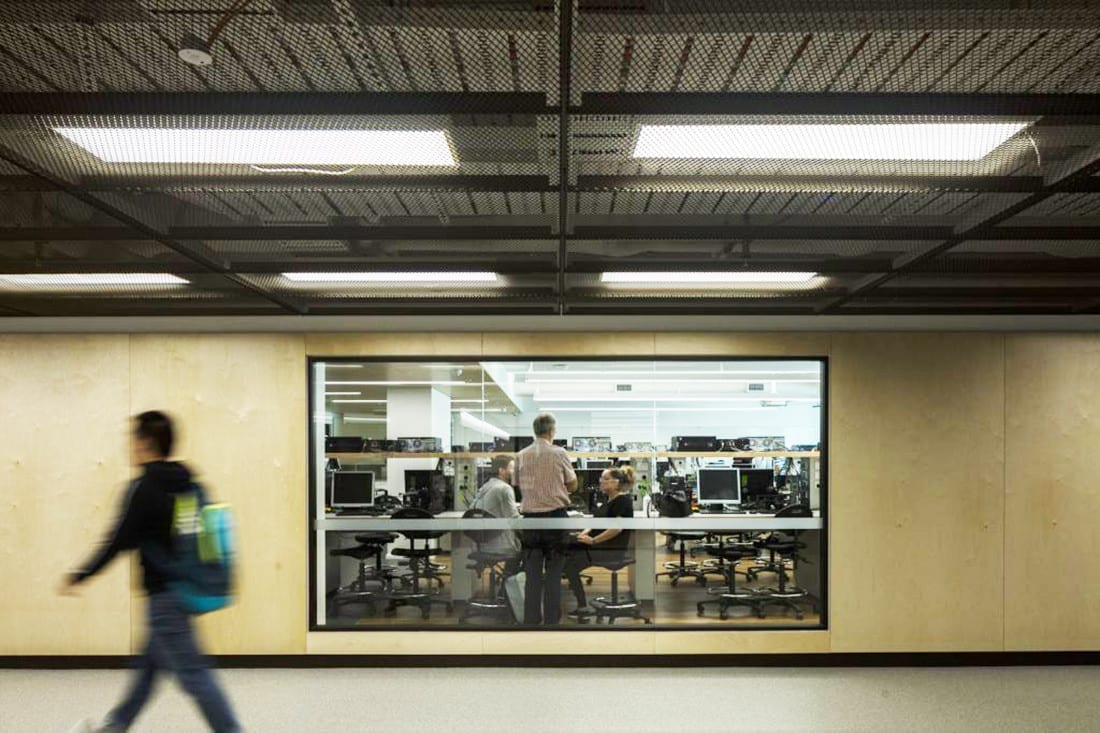
What were the main drivers for the project in regards to meeting the clients brief?
They wanted to increase the connectivity both within the university and also to industry, highlighting the change in universities. With the high reputation of the engineering curriculum, the building then became a mechanism to start to attract and really enhance that offer as well.
Visibility on campus was a high priority – it was important that the fit out was driving the architecture and it gave Electrical Engineering its own identity on campus.
The second driver for the school was that they wanted a space that enables them to respond to the nature of 21st century research and teaching with the integration of a digital overlay.
There are about four or five spaces which are at different ends of the building, which can all be interconnected digitally, so up to can be 150 students can be participating in the same lecture simultaneously but in different locations extending to Partnering Universities in other countries.
What Innovative Design elements were you proud of in this project?
As an interior designer, I was really proud about the holistic way the design was conceived with the interiors being the primary driver in a lot of the architectural functions. In terms of innovation, we took a 1960s building and provided an upgrade to the building fabric, to provide a 40-year building life. Sustainability compliance is really quite tricky – getting natural light in, getting the thermal performance right, and getting energy right was very important.
The full-height punched bay windows on the south façade allow the user internally to actually physically be protruded and canter levered out over the University Mall, giving a different dialogue into the public realm. The engineering for that consists of a 20mm aluminium plate with a really complex construction methodology. The building didn’t have any mechanical ventilation. It required a huge new plant on the top so getting all of the services to work in an extremely low floor to floor space (of only 2.9), was incredibly challenging along with to-ordination of the mechanical data, power and other infrastructure.
New innovative ways of approaching teaching were also incorporated. One of the course requirements is to spend a certain amount of hours working outside timetabled fundamental courses. We were able to unlock this concept with a skills lab, which can be accessed outside of timetable hours, where students can work on projects and develop skills and apply a skill base in class.

From a storage point of view, what were the main factors of consideration when allocating storage for this project and how did CSM products respond to these considerations?
Since the 1960s, the professors’ labs were full of motherboard circuit boards and old computers and these guys hadn’t changed the way they worked. The project presented a great challenge in understanding firstly what they needed to store and how they were going to store it. However, the project was an enabling force, as they needed to move out during occupation, forcing them to think about storage in a different way with a more flexible and agile mindset.
We looked at a number of storage products from CSM that gave us flexibility including mobile solutions for the lab spaces, where the technical staff could wheel in and out experiments. Students could also wheel tools during classes, which gave them the flexibility and mobility to move and reconfigure things around. Various CSM custom storage solutions in the workplace integrated planters and green space to help soften the hard space.
CSM products provide semi-private acoustic and screening with ability to reconfigure the levels of privacy within the academic circles. Higher storage units allow privacy when sat down and standing, but still inclusive within the space. The offices themselves were designed with a very modular approach. We used CSM standardised interchangeable shelving units that can adapt from a single person office to a dual office.
The CSM combination locking system on the student lockers also offered an easy solution for student use, as well as for facilities management to maintain. Apart from offering flexibility, it also supports to move to sustainability, using products that meet sustainability requirements on the project.
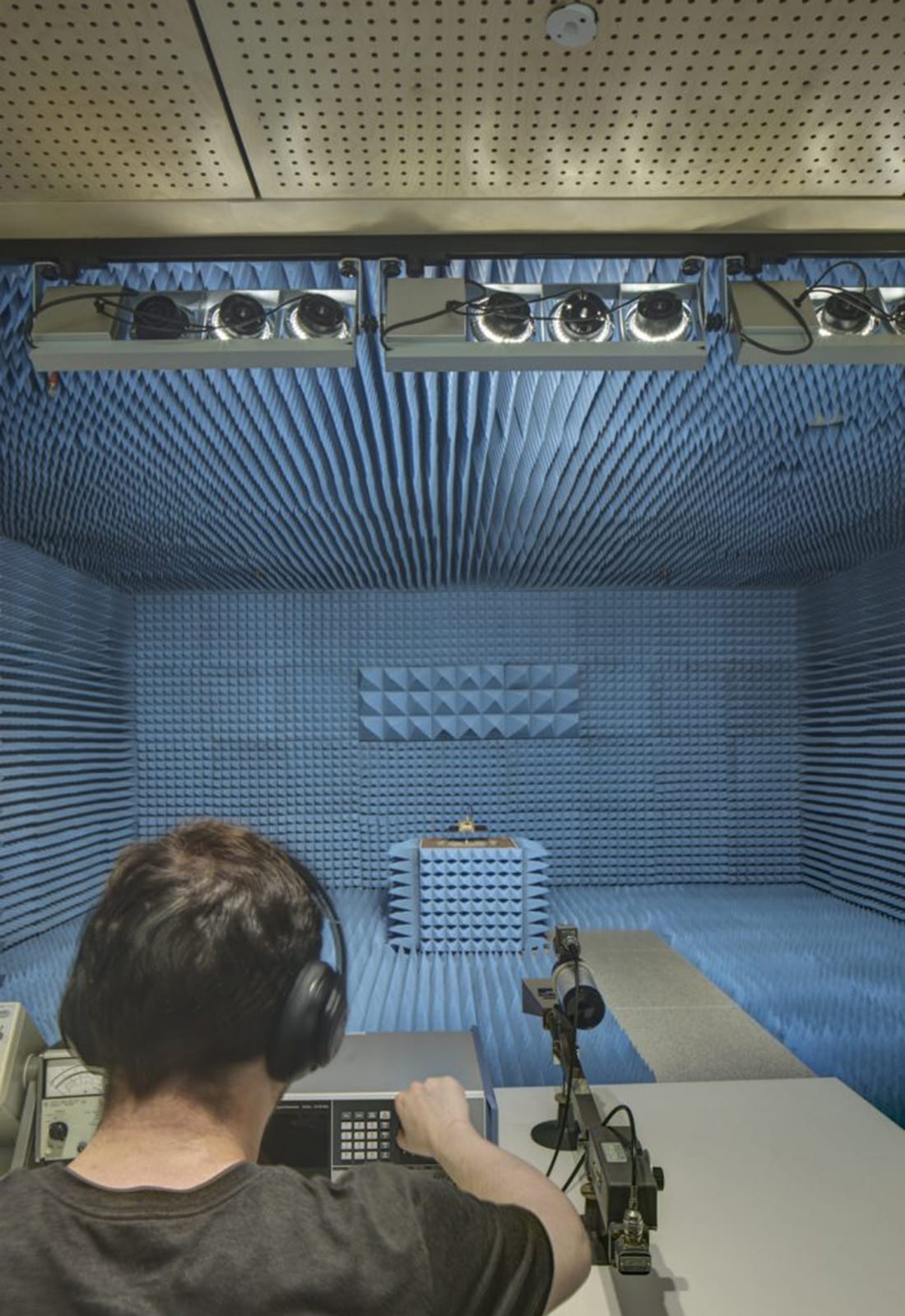
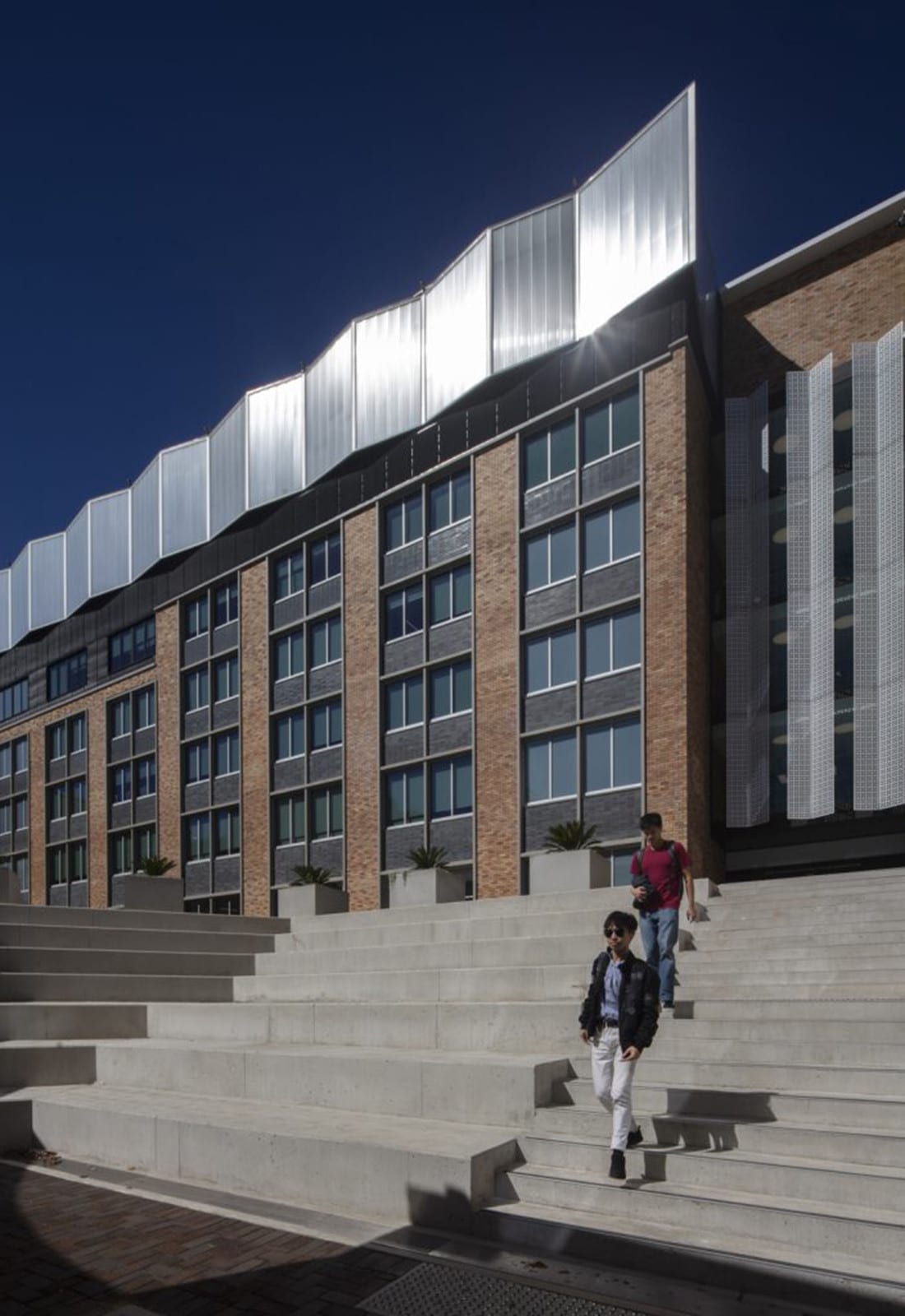
Click here for a detailed interview with HASSELL about the design considerations for this project.
Photography by Brett Boardman.
This article is presented by CSM on https://www.indesignlive.com/advertorials/empowering-spaces-csm
For more information on these products contact CSM sales@csm-office.com.au or visit our website https://www.csm-office.com.au/
For more information on CSM projects and products contact us sales@csm-office.com.au

